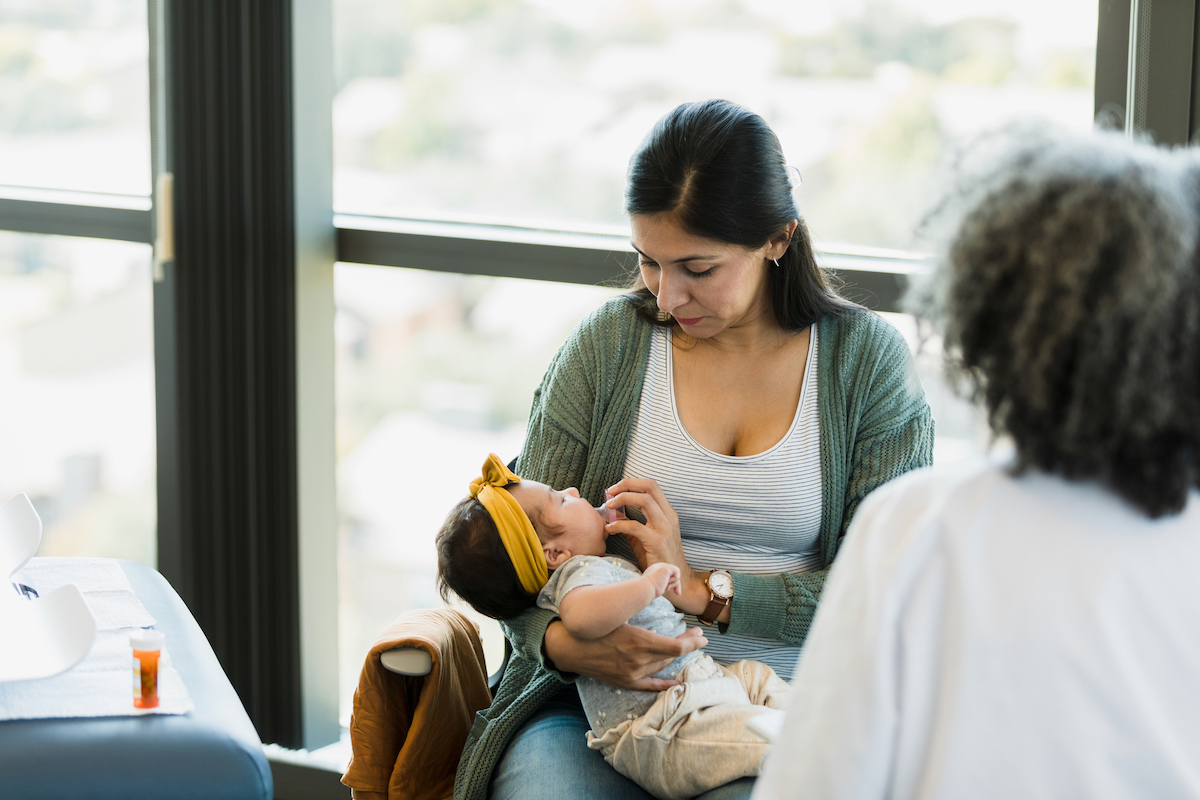When I was pregnant with Penelope, I remember getting a pamphlet on cord blood banking, midway through pregnancy. More than a pamphlet — a large folder, shipped to the house, where somehow the cord blood people had found me. The folder extolled the many virtues of cord blood banking, the ways I could possibly save my own child or future with this procedure. Such a simple one, and just (many) thousands of dollars in forever storage costs.
That was 13 years ago or so, but the marketing has only gotten louder. We chose not to do this with Penelope, but I’ve wondered over time whether advances in technology mean it would make more sense for someone now.
Should you bank your child’s cord blood, and where? Let’s dive in.
I need the short version today — take me to the bottom line!
When a child is born, there is blood in the umbilical cord. This umbilical cord blood contains hematopoietic stem cells, a type of cell that can be a powerful tool in treating some diseases. These cells are “multipotent primitive,” meaning they can develop into any type of blood cell. These types of stem cells can also be found in bone marrow and in circulating “peripheral blood.”
Hematopoietic stem cells can be used to treat a variety of diseases, including leukemia, lymphoma, anemia, and a number of other relatively rare diseases. Using bone marrow or peripheral blood cells for this requires (adults, typically) to donate marrow or blood. Donating bone marrow is a complicated procedure requiring surgery. Donating blood for stem cell usage is a simpler procedure, although it is more complex than simple blood donation, as you first need some medication to increase the concentration of stem cells and the procedure takes four to six hours
A key issue in the use of these cells to treat disease is the need for donors and recipients to match in the complex of genes that is their human leukocyte antigen (HLA). The closer the match, the more likely the transplant is to be successful. Because of the value of these matches, having stem cells from more people is better. With a larger pool of donors, it’s more likely that someone who needs cells would be a match.
Both bone marrow and blood donation are active procedures, which require people to opt in and undertake at least some inconvenience. The possible promise of umbilical cord cells is that collection is passive. The umbilical cord blood is there, effectively unused, so could provide a large source of stem cells from people with a variety of HLA types.
There are some limitations to umbilical cord stem cells. The main one is that there are not very many of them relative to what you would get from bone marrow or blood donation. Although researchers are working on this, these cells at the moment are most useful for transplants for infants or children (because they are smaller).
To get to some raw numbers: to date, since the first use of these cells in transplantation in 1988, they have been used in an estimated 40,000 transplants, across a variety of conditions.
This number brings us to an extremely important point. Nearly all of these transplants are between unrelated donors, using cord blood from public cord blood banks.
Public versus private blood banking
Public cord blood banks operate like standard blood banks. Families donate their child’s cord blood to be stored and available for others if they need it. In a case where someone — likely a child — may need a transplant with these cells, the bank can look to see whether they have matched donors. The more donors have given cord blood, the more likely that there is a good match for any given need. When you donate to a public cord blood bank, it doesn’t cost you (the donor) any money, nor do you have any further claim on the cord blood.
Private cord blood banks operate differently. Families pay the bank to store their child’s blood (to the tune of perhaps $1,000 a year), and then that blood is available for the family alone to use. An individual child is unlikely to be able to use their own cord blood (called “autologous” use). Although there is ongoing research into, say, the possibility of using these cells in treating diseases like Parkinson’s, there is no significant use case at the moment. The strongest use case for private cord blood is use for siblings. A sibling is more likely to be an HLA match than an unrelated donor (although the probability of a match is still not 100%).
The chance of using cord blood for a sibling is extremely small. The conditions for which it can be used are limited, and, combined with the imperfect probability of a match, the chance is even smaller. In a small number of cases where there is a family history of leukemia or an older child with a blood disease, there is a stronger argument for private banking.
However: for the vast majority of people, private cord blood banking simply does not make sense.
Despite this, most cord blood stored is in private banks, where it will almost certainly never be used, versus public banks, where it might be.
Are there downsides to cord blood donation?
There is little to no upside to private cord blood storage, but public cord blood donation does have some possible altruistic benefits and is certainly something to consider. For parents who are considering it, the natural question is whether there are any downsides.
Cord blood collection is not risky to the baby. You coordinate it through the hospital, and the people who collect the blood will be at delivery to do this. Amid everything else, it’s unlikely to be something you notice.
The one caution — I’m not sure I’d call it a downside — is that this cannot be combined with delayed cord clamping. When a baby is born, the umbilical cord is clamped and cut. There is an increasing move to delay this clamping, especially for premature babies, since the blood flow back to the baby seems to be protective. Delaying for at least a minute is recommended for all babies, and a recent review suggested that for preterm infants, delaying for at least two minutes reduces infant mortality.
A delay in cord cutting reduces the already limited umbilical cord cells that can be collected, and generally a delay of longer than 30 seconds or a minute is inconsistent with collecting enough cells to be useful. This is to say — if you want to delay cord clamping, it may not be consistent with cord blood collection, and such a delay is recommended especially for preterm infants (this likely deserves its own newsletter at some point).
Bigger picture
Based on the data, the message here is quite simple. Private cord blood banking doesn’t make sense for most people. Public banking is something to consider, though should be weighed against the value of delayed cord clamping for some babies. Yet despite these factors, the market for private cord blood banks in particular is an active one. Why?
Parents — especially new parents — are easy targets for marketers. There are some products that prey on our need for sleep or desire to control the uncontrollable. If only I had this specific mobile, my child would sleep through the night.
There are also products, and I would put private cord blood banking in this category, that live off a combination of fear, salience, and what I’d call regret aversion. The advertising for these products calls up a parental fear (that your child will be sick) and makes it salient for you. Doing this can result in an overestimation of the probability that it will come to pass. The chance that your child would be in a situation in which cord blood could even plausibly be relevant is tiny, but when you start thinking about it, it seems larger.
The advertising then offers a solution. At this point, it’s easy to move into a type of regret aversion. You imagine how you would feel if you were aware of this solution, did not do it, and then your child needed it. The anticipation of the regret you’d feel in that situation may make it worth it to do the banking, just to avoid that possibility. Putting this all together is a great way to sell a product. Ads for it are often categorized as misleading, but it’s hard to recognize that in the moment.
Knowing the facts, and reminding ourselves of them, is about our only defense against this type of misleading advertising. Data for the win (and for saving thousands of dollars).
Bottom line
- Private cord blood banking does not make sense for the vast majority of families.
- Publicly banked cord blood is used for some conditions and is a valuable service to consider providing to others.
- You should discuss with your doctor the possible tradeoff with delayed cord clamping.

















Log in